
George Town: A Fusion of Cultures and Timeless Charm
Discover George Town, Penang: A UNESCO World Heritage Site where diverse cultures, mouth-watering street food, and historical landmarks come together in perfect harmony.
Welcome to George Town, the vibrant heart of Penang Island and a UNESCO World Heritage Site. This captivating city is a melting pot of cultures, showcasing a rich tapestry of Malay, Chinese, Indian, and European influences. As you wander its narrow streets, you'll be greeted by colorful shophouses, historic buildings, and striking street art that tell stories of its diverse past. George Town is a food lover's paradise. Renowned for its street food, the city offers a tantalizing array of flavors that will leave you craving more. From savory char kway teow and aromatic laksa to sweet cendol, each dish is a testament to the culinary prowess of its people. Don't miss the bustling hawker centers where you can sample these delights amidst the lively chatter of locals and fellow travelers. Beyond its culinary delights, George Town is home to an array of cultural and historical landmarks. Visit the iconic Cheong Fatt Tze Mansion, also known as the Blue Mansion, for a glimpse into the opulent lifestyle of a 19th-century tycoon. Explore the ornate Khoo Kongsi clan house, which stands as a testament to the craftsmanship and heritage of the Chinese community. For a moment of tranquility, head to the serene Penang Hill, where you can enjoy panoramic views of the city and beyond. George Town's charm lies in its ability to seamlessly blend the old with the new. Modern cafes and boutique hotels stand side by side with traditional markets and time-honored temples. Whether you're an avid history buff, a foodie, or simply someone looking to soak in the local culture, George Town offers a unique experience that will leave an indelible mark on your travel memories.
Local tips in George Town
- Wear comfortable shoes for walking, as the best way to explore George Town is on foot.
- Visit during the George Town Festival, held annually in August, to experience the city's vibrant arts and culture scene.
- Download a street art map to locate the city's famous murals and sculptures.
- Try the local street food at hawker centers like Gurney Drive and New Lane.
- Take a trishaw ride for a unique way to see the sights and learn about the city's history.
- Visit early in the morning or late in the afternoon to avoid the midday heat and crowds.
Neighbourhoods in George Town
George Town: A Fusion of Cultures and Timeless Charm
Welcome to George Town, the vibrant heart of Penang Island and a UNESCO World Heritage Site. This captivating city is a melting pot of cultures, showcasing a rich tapestry of Malay, Chinese, Indian, and European influences. As you wander its narrow streets, you'll be greeted by colorful shophouses, historic buildings, and striking street art that tell stories of its diverse past. George Town is a food lover's paradise. Renowned for its street food, the city offers a tantalizing array of flavors that will leave you craving more. From savory char kway teow and aromatic laksa to sweet cendol, each dish is a testament to the culinary prowess of its people. Don't miss the bustling hawker centers where you can sample these delights amidst the lively chatter of locals and fellow travelers. Beyond its culinary delights, George Town is home to an array of cultural and historical landmarks. Visit the iconic Cheong Fatt Tze Mansion, also known as the Blue Mansion, for a glimpse into the opulent lifestyle of a 19th-century tycoon. Explore the ornate Khoo Kongsi clan house, which stands as a testament to the craftsmanship and heritage of the Chinese community. For a moment of tranquility, head to the serene Penang Hill, where you can enjoy panoramic views of the city and beyond. George Town's charm lies in its ability to seamlessly blend the old with the new. Modern cafes and boutique hotels stand side by side with traditional markets and time-honored temples. Whether you're an avid history buff, a foodie, or simply someone looking to soak in the local culture, George Town offers a unique experience that will leave an indelible mark on your travel memories.
When is the best time to go to George Town?
Iconic landmarks you can’t miss
Georgetown UNESCO Historic Site
Explore the UNESCO-listed Georgetown, a vibrant blend of cultures, colonial architecture, and delicious street food in Penang, Malaysia.
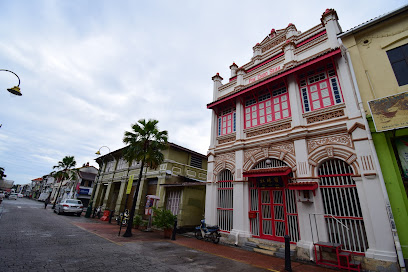
Penang Street Art
Discover the stunning murals and graffiti that breathe life into Penang's streets, celebrating its rich culture and artistic spirit.
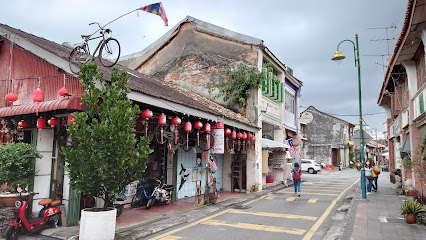
Upside Down Museum
Discover the enchanting Upside Down Museum in George Town, Penang, where gravity takes a backseat and creativity spins the adventure.
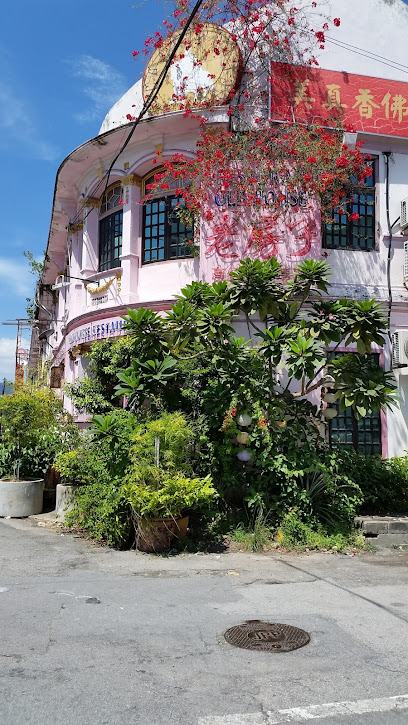
Pinang Peranakan Mansion
Explore the enchanting world of Peranakan culture at the Pinang Peranakan Mansion, a historical gem in George Town, Penang.
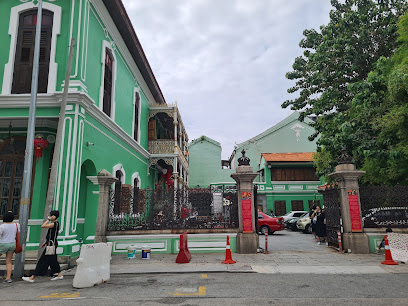
Clan Jetties of Penang
Explore the Clan Jetties of Penang, a UNESCO World Heritage site showcasing traditional stilt houses and vibrant local culture along the waterfront.
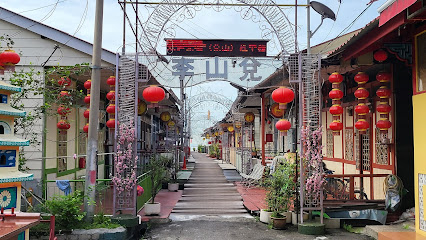
P. Ramlee House
Discover the life and legacy of Malaysia's cultural icon P. Ramlee at his beautifully preserved house museum in George Town.
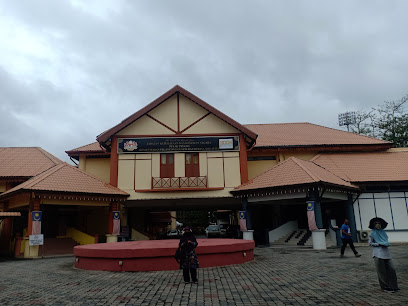
Goddess Of Mercy Temple
Discover the tranquil beauty of the Goddess of Mercy Temple in George Town, Penang, a harmonious blend of spirituality and cultural heritage.

Leong San Tong Khoo Kongsi
Explore Leong San Tong Khoo Kongsi in George Town, Penang – a cultural gem showcasing the rich heritage of the Khoo clan and Chinese community.

Queen Victoria Memorial Clock Tower
Explore the historic Queen Victoria Memorial Clock Tower in George Town, a symbol of Penang's colonial past and a vibrant tourist attraction.
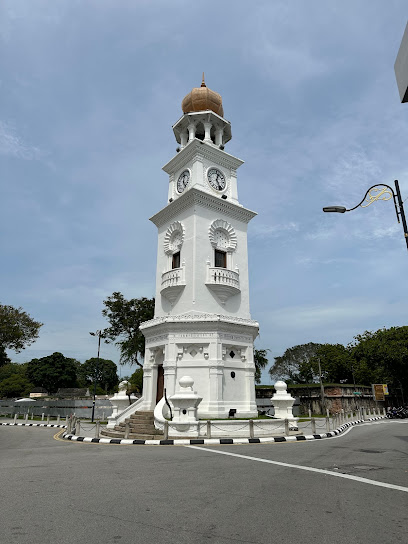
Komtar Walk
Discover the vibrant atmosphere of Komtar Walk, a premier destination in George Town, Penang, blending shopping, dining, and entertainment.
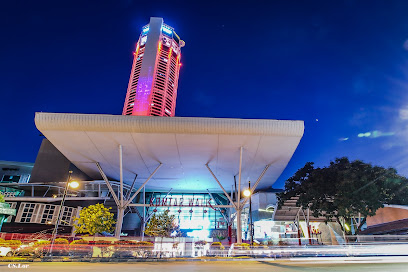
Lee Jetty
Experience the vibrant cultural heritage and scenic beauty of Lee Jetty in George Town, Penang, an essential stop for every traveler.
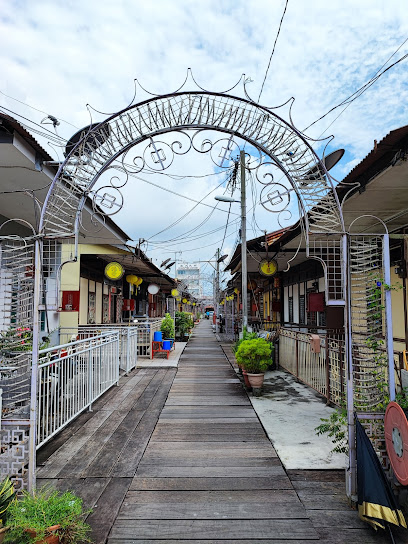
Sun Yat Sen Museum Penang
Explore the Sun Yat Sen Museum in Penang, a cultural landmark dedicated to the revolutionary leader's life and legacy in a beautifully restored heritage building.
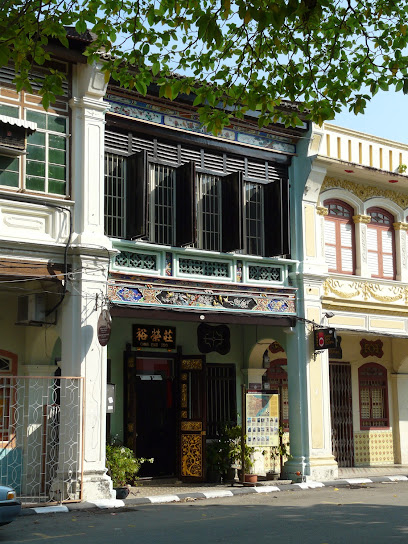
George Town Mansion
Explore the rich cultural heritage of George Town Mansion, a museum that celebrates the diverse traditions of Malay, Eurasian, and Baba Nyonya communities.
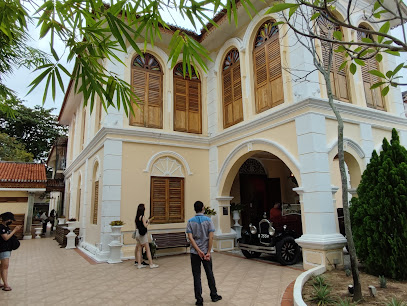
The Cenotaph War Memorial (Tugu Cenotaph/வெறுங்கல்லறை,பினாங்கு)
Explore The Cenotaph War Memorial in Georgetown, a poignant tribute blending history, beauty, and remembrance in the heart of Penang.
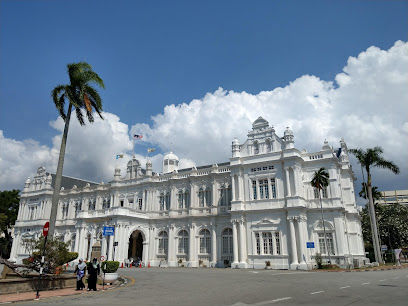
Penang Heritage Trust
Explore the vibrant history and culture at Penang Heritage Trust, a key destination in Georgetown for heritage enthusiasts and tourists alike.
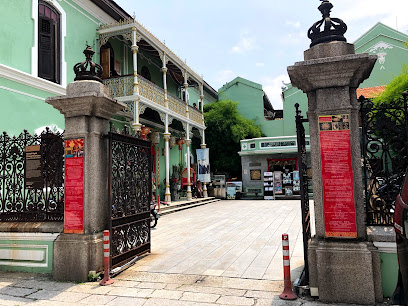
Unmissable attractions to see
Penang Little India
Experience the vibrant culture and rich heritage of Penang Little India, a must-visit destination in George Town for every traveler.
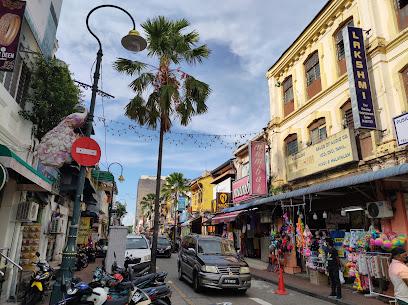
Kek Lok Si Temple
Explore the majestic Kek Lok Si Temple in Penang, a stunning Buddhist landmark filled with intricate architecture, serene gardens, and breathtaking views.
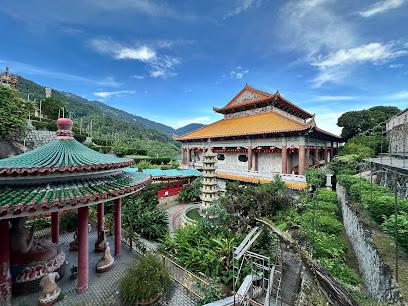
Penang Street Art
Explore the colorful murals and vibrant art scene of Penang Street Art in George Town, a unique cultural experience in Malaysia's historic capital.
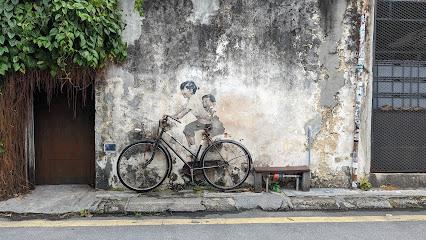
Entopia by Penang Butterfly Farm
Explore the enchanting world of butterflies at Entopia, a lush ecological haven in Penang, Malaysia, perfect for families and nature enthusiasts alike.
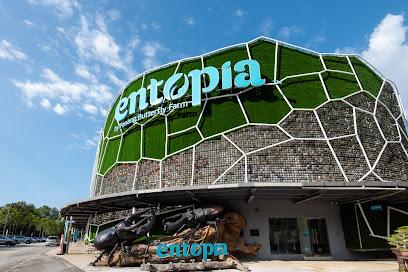
Chowrasta Market
Discover the vibrant flavors and rich culture of Penang at Chowrasta Market, a must-visit destination for every traveler.
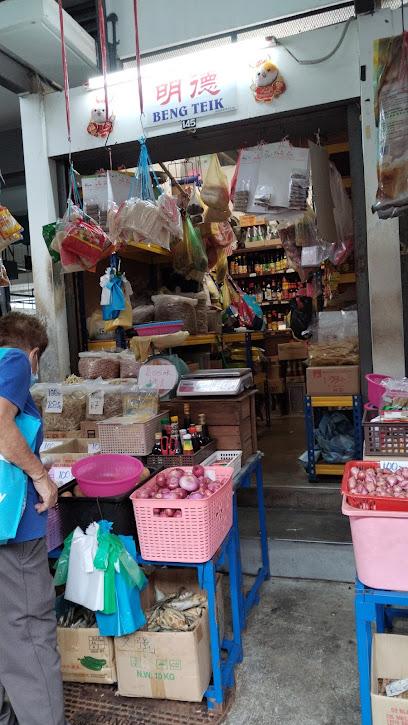
Chew Jetty
Explore the vibrant heritage of Chew Jetty, a traditional stilt village in George Town, Penang, where cultures blend beautifully along the waterfront.
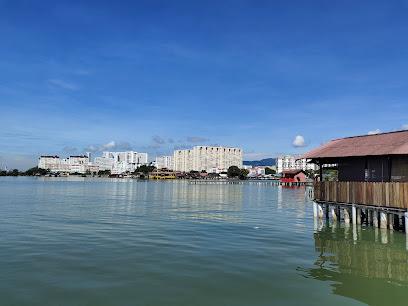
ESCAPE Penang
Discover thrilling rides, water adventures, and cultural experiences at ESCAPE Penang, the ultimate theme park destination in Tanjung Bungah.
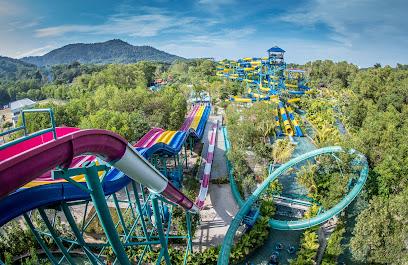
New World Park
Discover authentic Malaysian flavors at New World Park, a vibrant food court in George Town, Penang, showcasing the best of local and international cuisine.
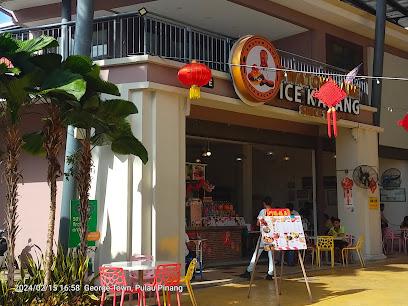
Upside Down Museum
Experience gravity-defying fun at the Upside Down Museum in George Town, Penang, where creativity meets photography in a whimsical setting.
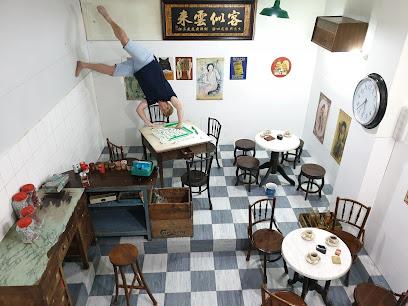
Cheong Fatt Tze, The Blue Mansion
Experience the enchanting blend of history and culture at Cheong Fatt Tze, The Blue Mansion, a must-see landmark in George Town, Penang.
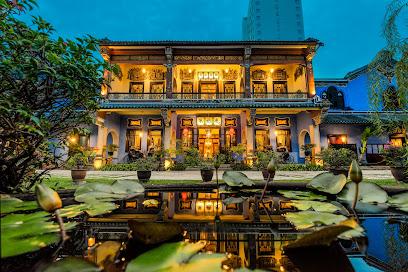
The TOP Penang, Theme Park Penang
Experience the excitement of The TOP Penang: a vibrant theme park with an aquarium, rides, dining, and breathtaking views in the heart of George Town.
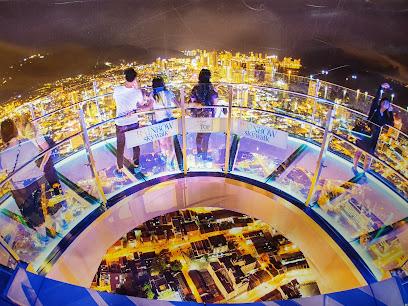
Pinang Peranakan Mansion
Explore the vibrant culture and exquisite heritage of the Straits Chinese at the Pinang Peranakan Mansion in George Town, Penang.
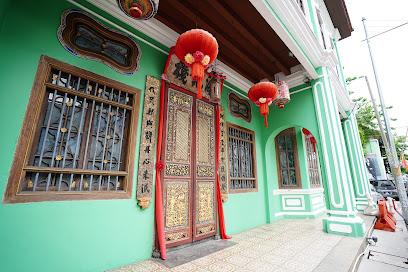
Pasar Malam Batu Feringghi
Explore the lively Pasar Malam Batu Feringghi night market in Penang for culinary delights and unique shopping experiences under the stars.
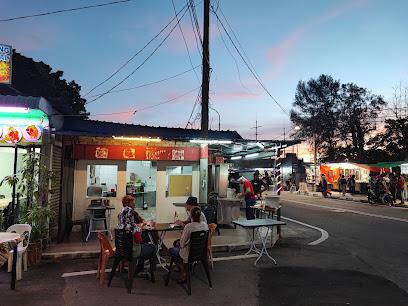
Penang Hill
Experience the breathtaking views and rich heritage of Penang Hill, a serene escape above the bustling city of Penang, Malaysia.
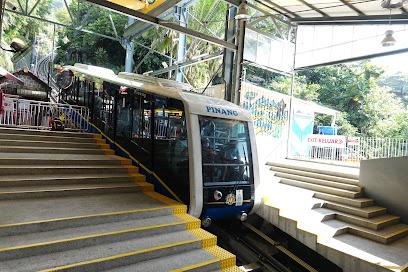
Penang 3D Trick Art Museum
Discover the magic of art at the Penang 3D Trick Art Museum, where creativity and fun collide in a visually stunning experience.
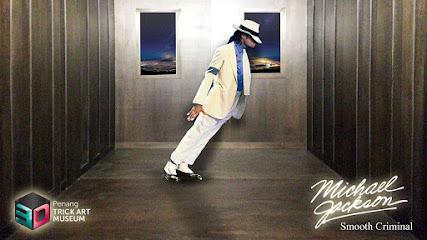
Essential places to dine
China House
Discover culinary delights and artistic treasures at China House in Georgetown - where every bite tells a story.
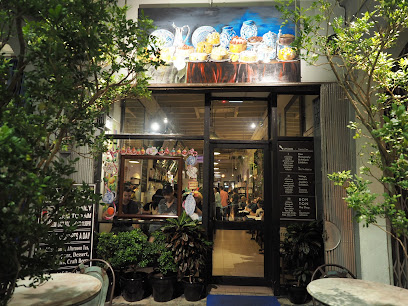
Holy Guacamole - Love Lane
Experience authentic Mexican cuisine at Holy Guacamole in Georgetown, Penang – where every meal is a celebration filled with flavor and live music.
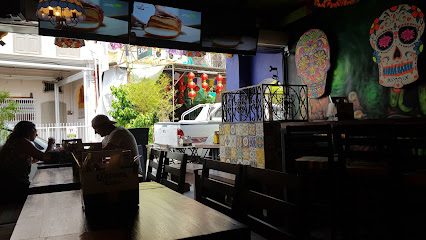
Lagenda House & Cafe
Discover the flavors of Western cuisine at Lagenda House & Cafe in George Town – where halal meets culinary creativity.
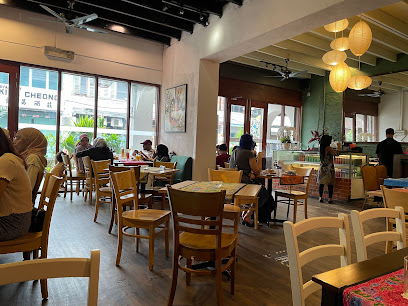
Auntie Gaik Lean's Old School Eatery
Discover authentic Nyonya cuisine at Auntie Gaik Lean's Old School Eatery in Georgetown - where tradition meets flavor.
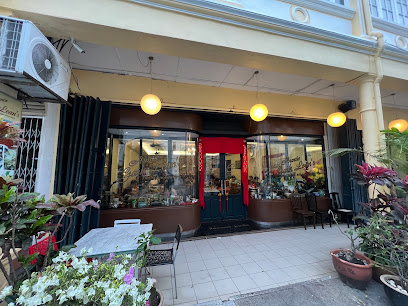
Jawi House Cafe Gallery
Experience authentic Malay cuisine and local artistry at Jawi House Cafe Gallery in George Town.
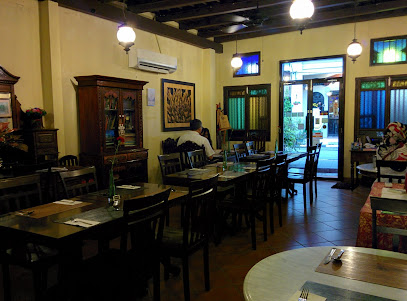
Two Frenchies Cafe Bistro
Experience authentic French cuisine in the heart of George Town at Two Frenchies Cafe Bistro - where every bite tells a story.
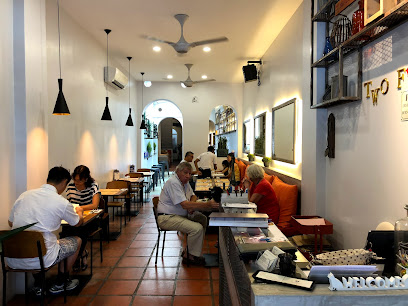
Maple Palace Chinese Restaurant
Experience authentic Chinese cuisine at Maple Palace, where exquisite dim sum meets fine dining in the heart of George Town.
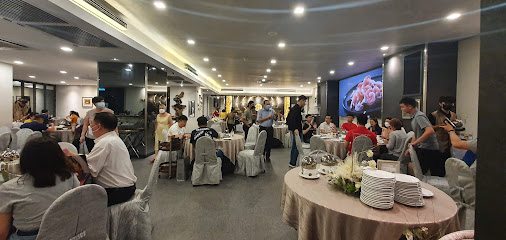
The Loft - Love Lane
Experience authentic Italian flavors with live music at The Loft - Love Lane in Georgetown, Penang; a perfect blend of taste and entertainment.
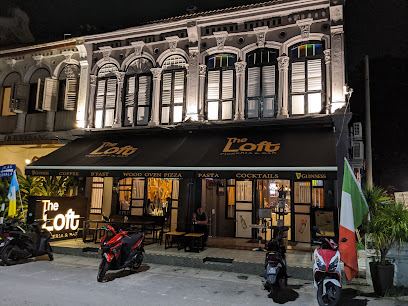
Il Bacaro
Experience authentic Italian cuisine in Georgetown at Il Bacaro, where every dish tells a story.
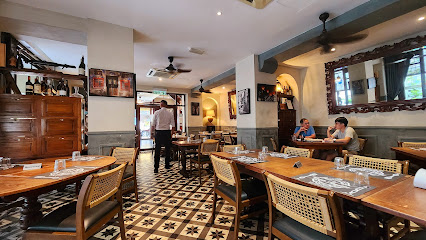
Laksalicious
Experience authentic Malaysian cuisine at Laksalicious in George Town—home of the best laksa and vibrant local flavors.
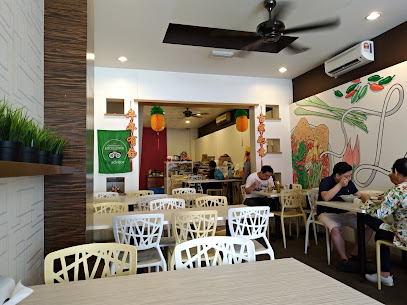
Auction Rooms Georgetown
Discover delightful flavors at Auction Rooms in Georgetown – where local meets global cuisine in an inviting atmosphere.
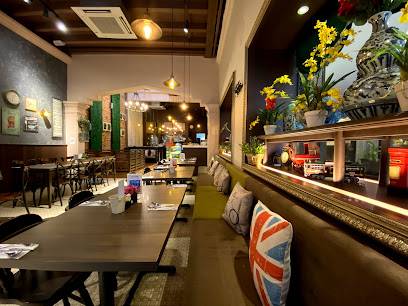
Via Pre Penang Italian Restaurants
Discover authentic Italian cuisine at Via Pre in George Town, where every dish tells a story of flavor and tradition.
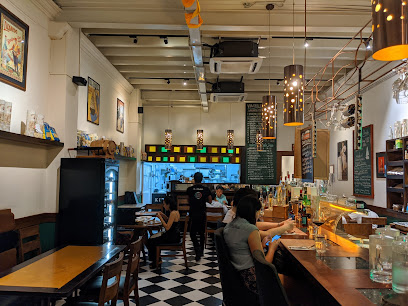
The Book Sandwich Cafe - Georgetown Restaurant
Discover delightful sandwiches amidst books at The Book Sandwich Cafe in Georgetown - where food meets literature.
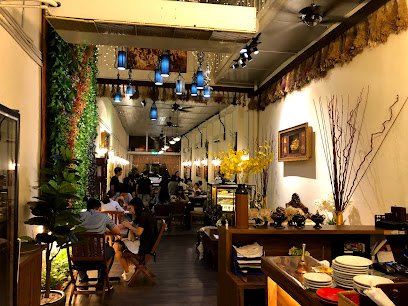
Kebaya Dining Room
Discover exquisite Malaysian cuisine at Kebaya Dining Room in George Town - where tradition meets contemporary dining.
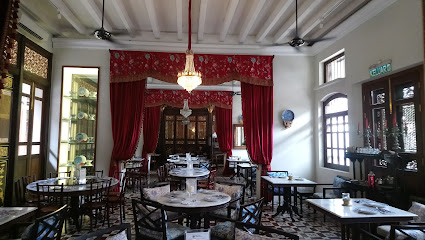
槟榔律驰名仁哥炒粿条 PENANG ROAD FAMOUS JIN KOR CHAR KUEY TEOW
Discover authentic Malaysian cuisine at Jin Kor Char Kuey Teow – home to the best char kuey teow in George Town.
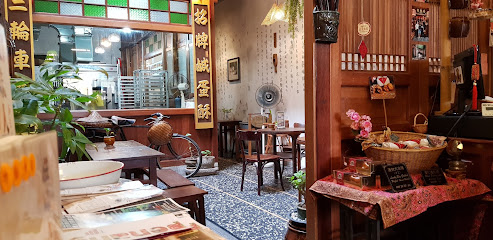
Markets, malls and hidden boutiques
Gurney Paragon Mall
Explore Gurney Paragon Mall: A premier shopping destination in Penang with diverse retail options, dining experiences, and entertainment for all.
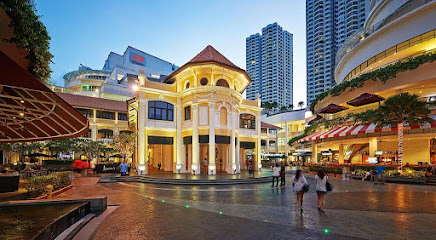
1st Avenue Mall
Explore 1st Avenue Mall in George Town, Penang, for an unforgettable shopping experience with diverse retail options and delicious dining.
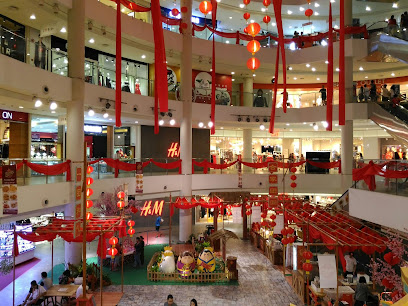
Straits Quay Retail Marina
Discover a unique shopping and dining experience at Straits Quay Retail Marina, where coastal charm meets modern retail therapy in Penang.
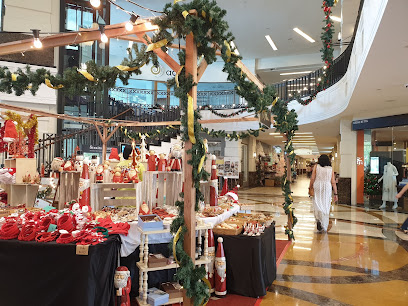
Gama Supermarket & Departmental Store
Explore the vibrant Gama Supermarket & Departmental Store in George Town, where local culture meets a diverse shopping experience.
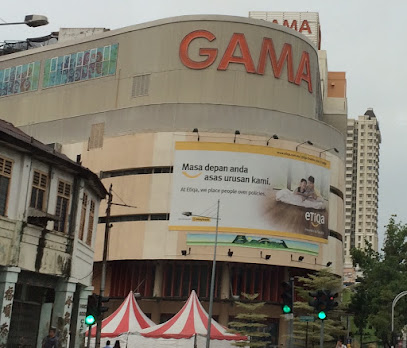
Prangin Mall
Discover a vibrant shopping experience at Prangin Mall in George Town, featuring diverse retail options, delightful dining, and entertainment for everyone.
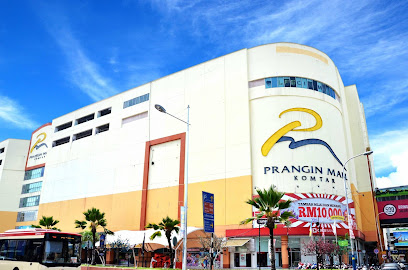
NICEDAY Gift Shop, Florist, Party Balloon, Blind Box Toys, Wrapping Service In Penang
Explore NICEDAY Gift Shop in Penang for unique gifts, festive balloons, and beautiful floral arrangements, capturing the spirit of your travels.
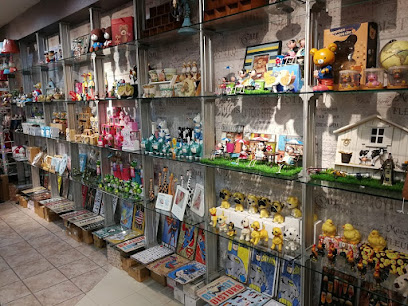
P.66
Discover the unique charm of P.66 in George Town, a perfect blend of a gift shop and café offering delightful souvenirs and a cozy atmosphere.
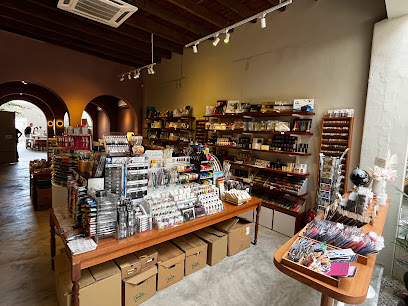
Mano Plus Select Store
Explore Mano Plus Select Store in George Town for authentic crafts and souvenirs that capture the spirit of Penang.
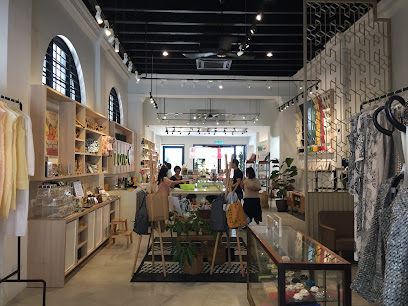
Chee Seng Brothers
Discover the sweet essence of Penang at Chee Seng Brothers, where candy dreams come true in a charming store filled with delightful treats.

Oleh-Oleh - Penang Snacks and Souvenir Shop
Explore Oleh-Oleh, Penang's ultimate destination for authentic snacks and unique souvenirs that capture Malaysia's rich culture.
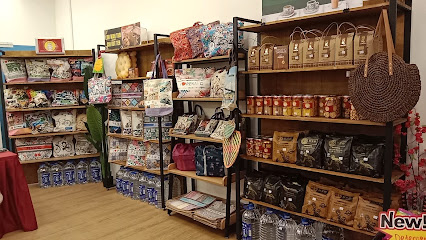
Sixth Sense
Unique clothing store in George Town offering eclectic fashion and accessories, perfect for tourists seeking distinctive styles.
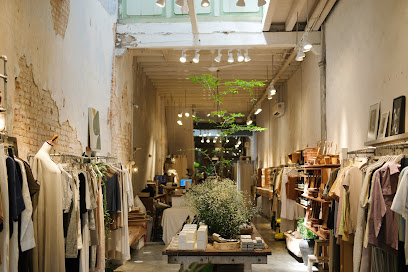
S&J Co. 1st Avenue Penang mall
Explore the vibrant S&J Co. gift shop at 1st Avenue Mall in Penang, where unique local crafts and souvenirs await every traveler.
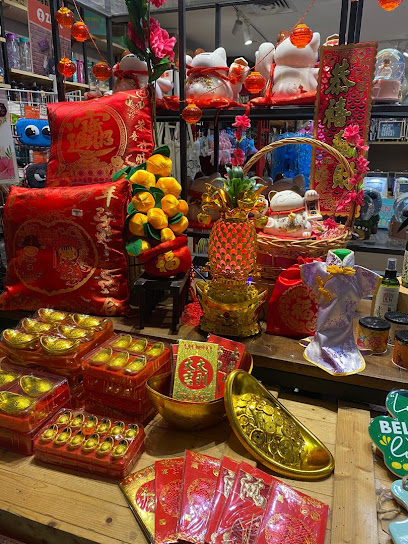
TIMURA
Explore TIMURA in Georgetown, a unique souvenir store offering authentic Penang treasures, handcrafted gifts, and local delicacies.
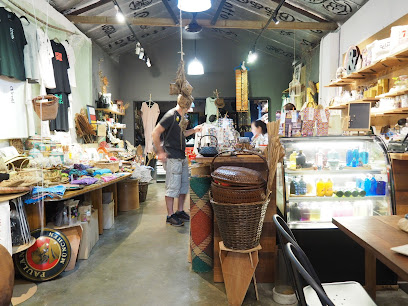
Georgetown Herittage Chocolate
Discover the art of chocolate-making and indulge in exquisite flavors at Georgetown Heritage Chocolate in Penang.

Penang Bazaar
Explore Penang Bazaar, a vibrant hub for shoppers seeking unique novelty items and creative scrapbooking supplies in George Town.
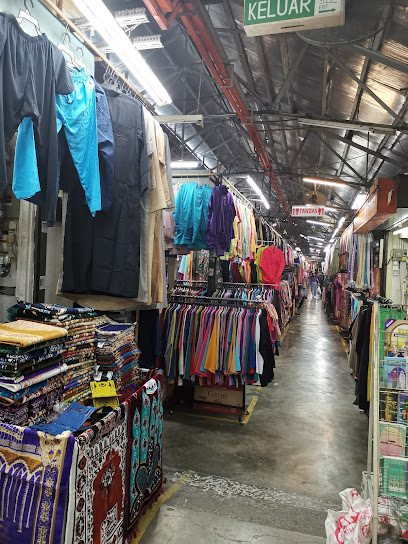
Essential bars & hidden hideouts
The Pokok - All Day Bar
Experience the vibrant nightlife of George Town at The Pokok - All Day Bar, a perfect blend of great food, drinks, and ambiance.
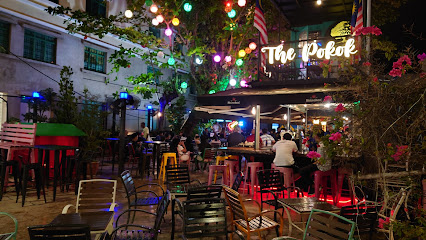
Manchu Bar 满族酒吧
Discover the lively nightlife at Manchu Bar in Georgetown, where unique cocktails and a vibrant atmosphere await every visitor.
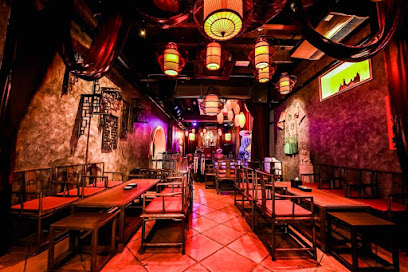
天下第一客棧 Magazine 63
Discover the unique blend of traditional Chinese decor and vibrant nightlife at 天下第一客棧 Magazine 63 in George Town, Penang.
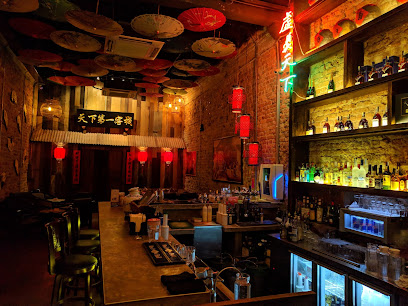
Chulia Court The Tavern
Experience the vibrant fusion of North Indian flavors and a lively bar atmosphere at Chulia Court The Tavern in George Town, Penang.
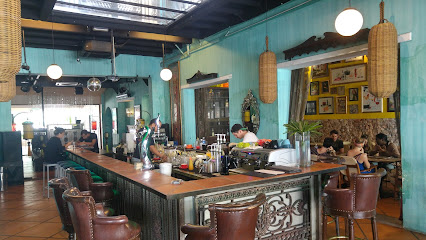
MM2
Experience the fusion of local flavors and contemporary dining at MM2 Bistro in Georgetown, Penang, where every sip and bite tells a story.
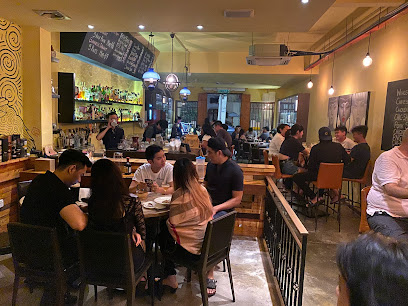
The Canteen at Chinahouse
Experience the fusion of local and international flavors at The Canteen at Chinahouse, a must-visit bar in Georgetown, Penang.
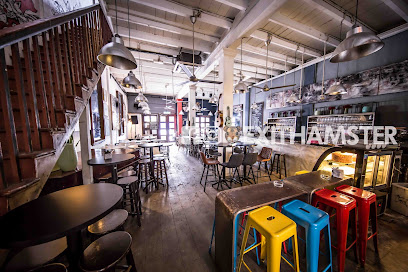
Good Friends Club
Experience the vibrant nightlife of George Town at Good Friends Club, a premier cocktail bar serving innovative drinks in a lively atmosphere.

Beso Rosado
Discover Beso Rosado in George Town, a chic bar offering unique cocktails and a vibrant atmosphere perfect for a memorable night out.
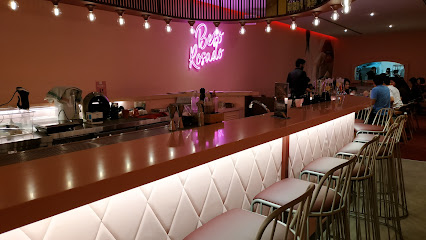
Tree Bar
Experience tropical bliss at Tree Bar, where refreshing cocktails and a lush ambiance meet in the heart of George Town, Penang.
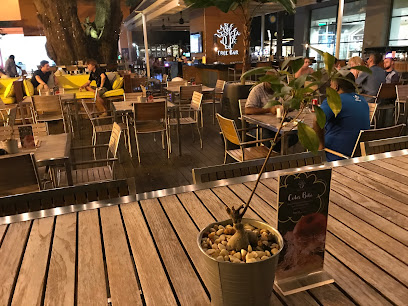
The Beach Bar
Experience the vibrant nightlife at The Beach Bar in George Town, where refreshing drinks meet stunning coastal views.
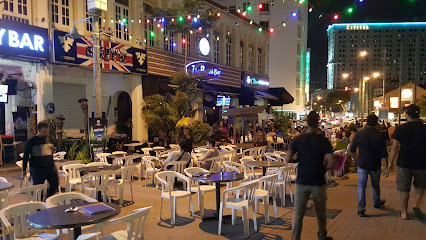
Hidden Bar
Experience the allure of Hidden Bar in George Town, where innovative cocktails and a cozy speakeasy ambiance await!
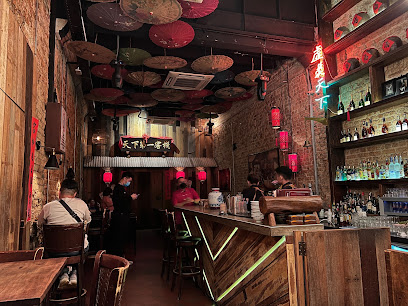
The 12 Senses
Experience the vibrant nightlife of George Town at The 12 Senses, where every drink is a taste of local culture and creativity.

Seventy7 Bar
Experience the vibrant nightlife at Seventy7 Bar in George Town, where delicious drinks and lively ambiance await every visitor.
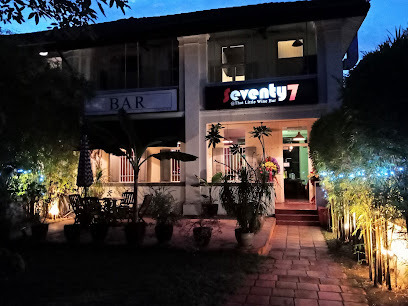
Stag Bar | 大鹿酒吧
Experience the vibrant nightlife of George Town at Stag Bar, where delicious drinks and hot pot meet under dazzling neon lights.
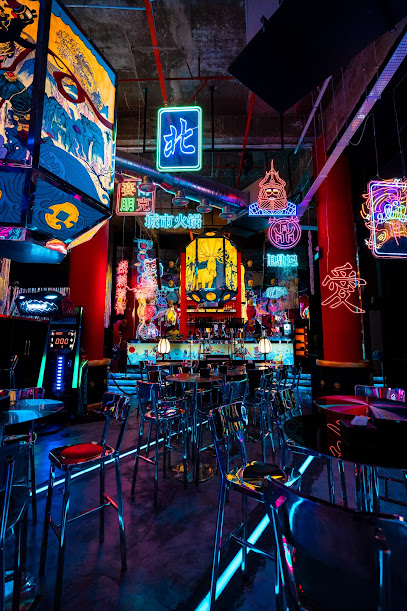
Hong Kong Bar
Experience the vibrant nightlife at Hong Kong Bar in Georgetown, a lively destination for cocktails, music, and unforgettable memories.
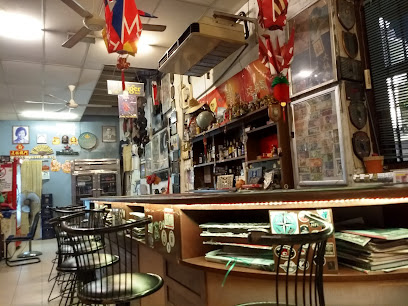
Local Phrases
-
- HelloSelamat pagi
[suh-lah-mat pah-gee] - GoodbyeSelamat tinggal
[suh-lah-mat ting-gal] - YesYa
[yah] - NoTidak
[tee-dahk] - Please/You're welcomeSila
[see-lah] - Thank youTerima kasih
[teh-ree-mah kah-see] - Excuse me/SorryMaaf
[mah-ahf] - How are you?Apa khabar?
[ah-pah kah-bahr] - Fine. And you?Baik. Dan kamu?
[bah-ee. dahn kah-moo] - Do you speak English?Boleh cakap Inggeris?
[boh-leh chah-kahp ing-guh-ris] - I don't understandSaya tidak faham
[sah-yah tee-dahk fah-hahm]
- HelloSelamat pagi
-
- I'd like to see the menu, pleaseSaya mahu lihat menu, sila
[sah-yah mah-hoo lee-haht meh-noo, see-lah] - I don't eat meatSaya tidak makan daging
[sah-yah tee-dahk mah-kahn dah-yin] - Cheers!Sihat!
[see-haht] - I would like to pay, pleaseSaya ingin membayar, sila
[sah-yah in-geen mehm-bah-yahr, see-lah]
- I'd like to see the menu, pleaseSaya mahu lihat menu, sila
-
- Help!Tolong!
[toh-lohng] - Go away!Pergi jauh!
[pehr-gee jah-oo] - Call the Police!Panggil polis!
[pahng-geel poh-lees] - Call a doctor!Panggil doktor!
[pahng-geel dohk-tohr] - I'm lostSaya sesat
[sah-yah suh-saht] - I'm illSaya sakit
[sah-yah sah-kiht]
- Help!Tolong!
-
- I'd like to buy...Saya nak beli...
[sah-yah nahk beh-lee] - I'm just lookingSaya hanya tengok-tengok
[sah-yah hahn-yah tehn-gohk-tehn-gohk] - How much is it?Berapa harganya?
[beh-rah-pah hahr-gahn-yah] - That's too expensiveItu terlalu mahal
[ee-too tehr-lah-loo mah-hahl] - Can you lower the price?Boleh kurangkan harga?
[boh-leh koo-rahn-gahn hahr-gah]
- I'd like to buy...Saya nak beli...
-
- What time is it?Pukul berapa sekarang?
[poo-kool beh-rah-pah suh-kah-rahn] - It's one o'clockPukul satu
[poo-kool sah-too] - Half past (10)Pukul setengah (sepuluh)
[poo-kool suh-tuhn-gah (suh-poo-loo)] - MorningPagi
[pah-gee] - AfternoonPetang
[puh-tahng] - EveningMalam
[mah-lahm] - YesterdaySemalam
[suh-mah-lahm] - TodayHari ini
[hah-ree ee-nee] - TomorrowEsok
[eh-sohk] - 1Satu
[sah-too] - 2Dua
[doo-ah] - 3Tiga
[tee-gah] - 4Empat
[em-paht] - 5Lima
[lee-mah] - 6Enam
[eh-nahm] - 7Tujuh
[too-joo] - 8Lapan
[lah-pahn] - 9Sembilan
[suem-bee-lahn] - 10Sepuluh
[suh-poo-loo]
- What time is it?Pukul berapa sekarang?
-
- Where's a/the...?Di mana...
[dee mah-nah] - What's the address?Apa alamatnya?
[ah-pah ah-lah-mah-nyah] - Can you show me (on the map)?Boleh tunjukkan kepada saya (di peta)?
[boh-leh toon-jook-kahn keh-pah sah-yah (dee peh-tah)] - When's the next (bus)?Bila bas seterusnya?
[bee-lah bahs suh-teh-roos-nyah] - A ticket (to ....)Sehelai tiket (ke ....)
[suh-heh-lah-ee tee-keht (keh ....)]
- Where's a/the...?Di mana...
History of George Town
-
George Town was founded on August 11, 1786, by British trader Francis Light of the British East India Company. It was named after King George III and was established as a free port to attract traders from across the region. This strategic move helped in transforming George Town into a bustling trading hub, laying the foundation for its rich multicultural heritage.
-
The early settlers in George Town were a diverse mix of ethnic groups, including Malays, Chinese, Indians, Siamese, Burmese, and Europeans. Each group brought their own unique culture, traditions, and architecture, making George Town a melting pot of cultures. The harmonious coexistence of these communities is evident in the city's architectural and cultural landscape.
-
The Penang Riots of 1867 were a series of violent conflicts between rival Chinese secret societies, namely the Cantonese-speaking Ghee Hin and the Hokkien-speaking Hai San. These riots disrupted the peace and stability of George Town but were eventually quelled by the British authorities. The aftermath of the riots led to stricter regulations and enforcement by the colonial government to maintain order.
-
George Town fell under Japanese occupation from December 1941 to September 1945 during World War II. The occupation brought significant hardship to the local population, including forced labor, food shortages, and harsh treatment by the Japanese military. Despite these challenges, the spirit of the people of George Town remained resilient, and the city was eventually liberated by Allied forces in 1945.
-
After World War II, George Town underwent significant reconstruction and development. The city saw improvements in infrastructure, healthcare, and education. The establishment of various institutions and the influx of new businesses helped in revitalizing George Town, setting the stage for its future growth and prosperity.
-
In July 2008, George Town was inscribed as a UNESCO World Heritage Site alongside Melaka. The recognition was granted for its unique architectural and cultural townscape without parallel anywhere in East and Southeast Asia. This accolade has boosted tourism and led to various conservation efforts aimed at preserving the city's rich heritage for future generations.
-
George Town is renowned for its vibrant cultural festivals, which reflect its diverse heritage. Events such as the Chinese New Year, Thaipusam, Hari Raya Aidilfitri, and Deepavali are celebrated with much fervor. The George Town Festival, an annual event, showcases the city's rich artistic and cultural heritage, attracting visitors from around the world.
George Town Essentials
-
George Town, the capital of Penang Island, Malaysia, is accessible via various modes of transportation. The nearest airport is Penang International Airport (PEN), located about 16 kilometers south of George Town. Direct flights are available from major cities in Asia such as Singapore, Bangkok, and Hong Kong. From the airport, you can take a taxi, ride-hailing service, or the Rapid Penang bus to reach the city center. Alternatively, George Town is connected to the Malaysian mainland by the Penang Bridge and the Sultan Abdul Halim Muadzam Shah Bridge, making it accessible by car or bus from other parts of Malaysia.
-
George Town offers a range of transportation options. The Rapid Penang bus service operates extensively throughout the city and island, providing an affordable and efficient way to get around. Taxis and ride-hailing services like Grab are also readily available. For a unique experience, consider renting a bicycle or a trishaw (three-wheeled rickshaw) to explore the narrow streets and heritage sites. Car rentals are available but can be less convenient due to narrow roads and limited parking in the city center.
-
The official currency in Malaysia is the Malaysian Ringgit (MYR). Credit cards are widely accepted in hotels, restaurants, and shopping centers in George Town. However, it's advisable to carry some cash for smaller establishments, hawker stalls, and markets. ATMs are plentiful in the city, and money exchange counters can be found in major shopping malls and at the airport.
-
George Town is generally a safe destination for tourists. However, petty crimes such as pickpocketing and bag snatching can occur, especially in crowded areas like markets and tourist hotspots. Areas with higher crime rates targeting tourists include Komtar and the vicinity of Weld Quay. Always be vigilant, avoid walking alone at night in poorly lit areas, and keep your belongings secure.
-
In case of emergency, dial 999 for police, fire, or medical assistance. George Town has several hospitals and clinics that provide quality medical care, including Penang General Hospital and Island Hospital. Pharmacies are widely available for minor health issues. It's recommended to have travel insurance that covers medical emergencies.
-
Fashion: Do dress modestly, especially when visiting religious sites. Avoid wearing revealing clothing. Religion: Do respect local customs and traditions. Dress appropriately and remove your shoes when entering temples and mosques. Public Transport: Do be respectful and give up your seat to elderly passengers. Don’t eat or drink on public transport. Greetings: Do greet people with a smile and a slight bow. A handshake is common, but wait for the other person to initiate it. Eating & Drinking: Do try local delicacies and accept food offerings graciously. Don’t refuse hospitality, as it is considered impolite.
-
To experience George Town like a local, visit the bustling street markets such as Chowrasta Market and Little India, where you can find fresh produce, spices, and local snacks. Engage with the locals and try their recommendations for street food. Don't miss exploring the UNESCO World Heritage Site area, which offers a blend of colonial architecture, temples, and street art. For a unique experience, consider taking a heritage tour or a cooking class to learn more about the city's rich cultural heritage.
Trending Landmark in George Town
-
Georgetown UNESCO Historic Site
-
Penang Street Art
-
Upside Down Museum
-
Pinang Peranakan Mansion
-
Clan Jetties of Penang
-
P. Ramlee House
-
Goddess Of Mercy Temple
-
Leong San Tong Khoo Kongsi
-
Queen Victoria Memorial Clock Tower
-
Komtar Walk
-
Lee Jetty
-
Sun Yat Sen Museum Penang
-
George Town Mansion
-
The Cenotaph War Memorial (Tugu Cenotaph/வெறுங்கல்லறை,பினாங்கு)
-
Penang Heritage Trust
Nearby Cities to George Town
-
Things To Do in Penang
-
Things To Do in Langkawi
-
Things To Do in Ipoh
-
Things To Do in Satun
-
Things To Do in Cameron Highlands
-
Things To Do in Kota Bharu
-
Things To Do in Trang
-
Things To Do in Medan
-
Things To Do in Kuala Lumpur
-
Things To Do in Kuala Terengganu
-
Things To Do in Krabi
-
Things To Do in Nakhon Si Thammarat
-
Things To Do in Phuket
-
Things To Do in Kuantan
-
Things To Do in Malacca



















